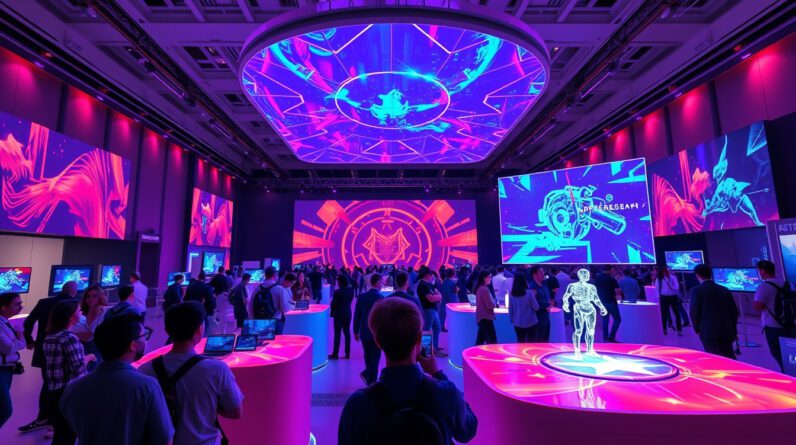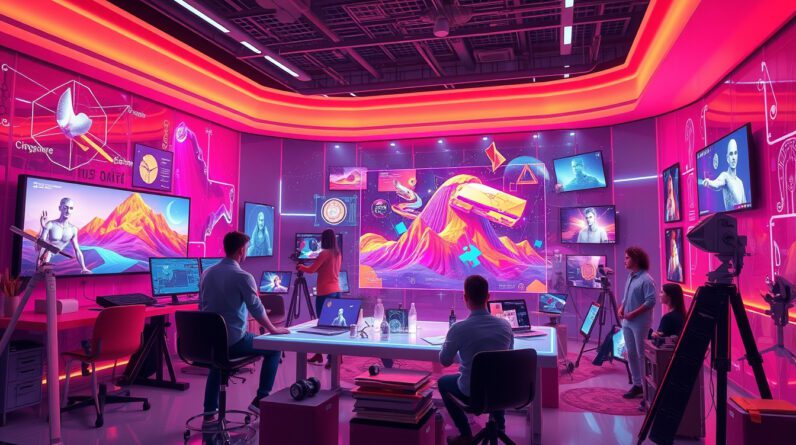
The design industry is currently undergoing a profound change due to the rapid rise of Artificial Intelligence (AI) technologies. As AI tools become more sophisticated, they reshape not only the creative process but also client expectations. In this article, we will explore how AI is influencing what clients demand from designers, the frustrations designers face as they adapt to this evolving landscape, and the emerging dynamics between clients and design professionals. From unrealistic timelines to misconceptions about the artistic process, understanding these changes is crucial as we navigate the AI revolution in the design sector.

Takeaways
- AI is altering client expectations in the design industry, leading to demands for faster and higher-quality outputs.
- Designers are increasingly frustrated with clients’ misunderstandings of the design process exacerbated by AI’s instant results.
- Despite challenges, there are opportunities for collaboration between traditional design practices and AI advancements.
The Impact of AI on Client Expectations
In today’s fast-evolving design landscape, the advent of Artificial Intelligence (AI) is significantly reshaping client expectations, with profound impacts that both challenge and empower designers. As AI tools become increasingly prevalent, many clients have begun to expect instantaneous results—demanding high-quality outputs without fully grasping the comprehensive design process required to achieve them. Designers have taken to forums, such as Reddit, to voice their frustrations over these growing expectations. A troubling anecdote shared by one designer illustrates this disconnect: after submitting an AI-generated image that the client believed to be perfect, the designer had to clarify that the output was unsuitable for printing due to inherent limitations in quality. This incident underscores a critical knowledge gap regarding what constitutes quality design, one that is increasingly widening as clients look to AI for fast solutions.
The conversation within the design community reflects a spectrum of opinions; some professionals argue that AI is weeding out less desirable clients who fail to appreciate the intricacies of design. Conversely, others raise alarms about the potential commodification of design services, where the value of deeply considered, human-crafted work gets undermined by rapid, AI-assisted production. Furthermore, there is a noticeable trend in client requests for artwork requiring extensive refinement after being generated by AI—illustrating the misconception that speed equates to readiness. However, a silver lining exists, with several designers acknowledging the potential for collaboration between traditional skills and AI innovations. By guiding clients in refining AI-generated outputs, designers can augment their own expertise while also addressing the lofty expectations set by AI’s quick turnaround. In summation, while AI introduces remarkable efficiencies into the design process, it simultaneously poses challenging questions about the evolving dynamics between clients and designers, necessitating a reevaluation of roles and responsibilities in a rapidly transforming industry.
Navigating Challenges and Opportunities in Design
As the design industry continues to adapt to the integration of Artificial Intelligence, the balance between client expectations and the realities of design work has become increasingly complex. Designers are frequently confronted with the challenge of educating clients about the nuances of the creative process, which often requires time and thoughtful consideration. This has become particularly pertinent as AI-generated outputs set a precedent for quick results that do not always align with the standards of quality seen in traditional design. Designers are finding themselves in the role of interpreters, translating the instant but rough elements produced by AI into polished, professional outputs. This not only involves significant work in refining the AI-generated content but also necessitates effective communication with clients about what is realistically achievable within their timelines and budgets. Therefore, the ongoing dialogue between designers and their clients is critical for fostering understanding and setting realistic expectations in a landscape where AI tools are reshaping the foundations of design work.




